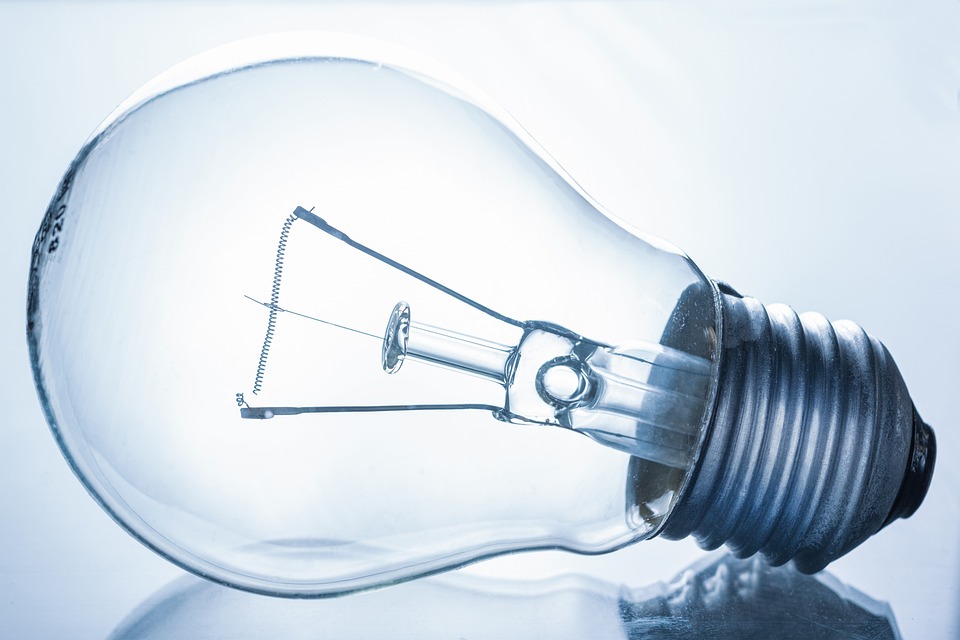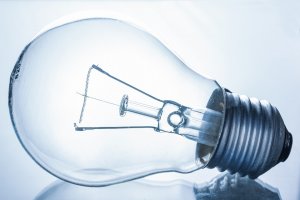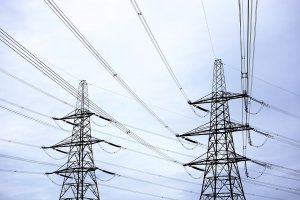Indeed, for over a hundred years, incandescent light bulbs have been illuminating and lighting up homes around the world, constituting a staple within them. However, in recent times, they have become less popular as newer energy-efficient products such as LEDs and CFLs have gained prominence in the market.
The main reason why incandescent lights are dimmed in terms of preference is that they use a lot of energy. These bulbs happen to operate on the basis of heating a filament until it shines and gives out light; however, this process also generates warmth, which is essentially emitted energy. Unluckily, nearly 90% of the energy produced by an incandescent bulb is wasted as radiation of heat, which means it cannot be assessed as being conservative in its utilization of electricity.
Conversely, LED and CFL bulbs employ much fewer amounts of energy while still rendering sufficient amounts of light. They work by getting an electric current to invigorate a gas or a semiconductor, which generates the light without having too much of an energy burden like those involving heated filaments, as in the case of incandescent lighting.
Apart from their squandering of energy, these types additionally have shorter life spans than either LED or CFL bulbs, meaning they need to be replaced more frequently, which adds to environmental damage and can be expensive in the long haul. As we continue along our route focusing on sustainability and e-efficiency (energy efficiency), it’s essential for us to take note of and be considerate about any implications connected with our decisions when thinking about what forms of products we use in our households. Even though incandescent bulbs have been used in homes for a long time, they are very inefficient and have been replaced by LED and CFL bulbs, which are much more environmentally friendly and cost-effective.





